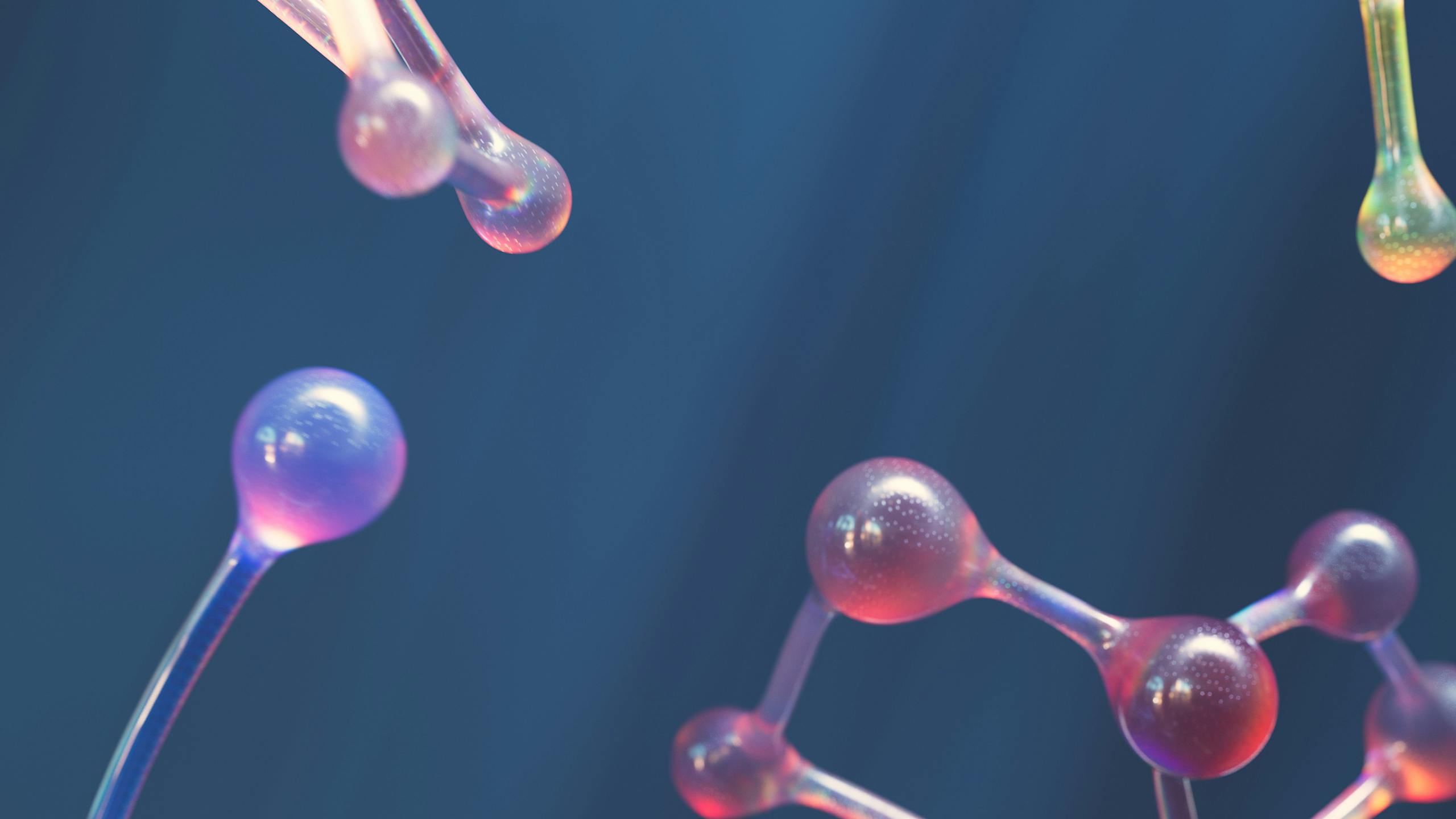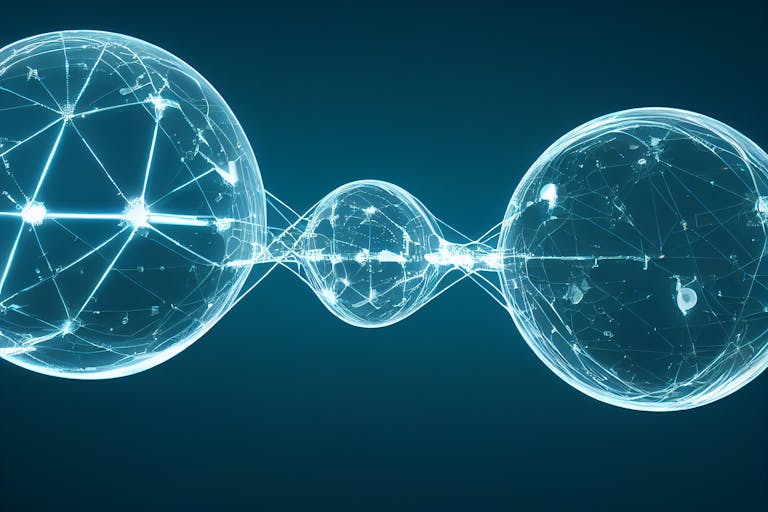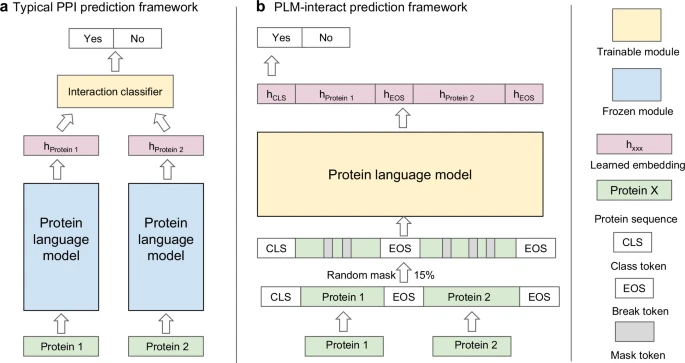Physicists Solve a 15-Year Quantum Puzzle with Five Atoms

If you’ve ever thought the quantum world couldn’t get any stranger, think again. Physicists at Purdue University have just cracked a five-atom riddle that has been puzzling scientists for 15 years. The result not only deepens our understanding of the weird rules of quantum mechanics, but also sets the stage for new possibilities in physics research.
The Strange World of the Efimov Effect
At the heart of this discovery lies something called the Efimov effect. Imagine this: two atoms on their own can’t hold together. But when you add a third atom, suddenly they all bind. Even more mind-bending, they stay bound even if you pump extra energy into them. It’s a counterintuitive quantum trick that defies how we normally think forces should work.

First predicted by Russian physicist Vitaly Efimov in the 1970s, this effect was eventually confirmed in ultracold experiments with three cesium atoms. Over the years, researchers have been pushing the boundaries—first with three atoms, then with four. But five? That was the big unsolved challenge.
Why Five Atoms Matter
The Purdue team, led by physicist Christopher Greene, has now carried out the enormous calculations needed to describe the Efimov effect in five identical bosons (a type of particle). This is not just a numbers game. Understanding how five particles interact helps scientists build better models of how matter behaves at its most basic level.
These insights could influence a wide range of fields, from laser-trapped atoms to the dense gases found inside neutron stars. It’s the kind of work that bridges the tiny world of quantum particles with the vast scales of astrophysics.
A Long Road to the Breakthrough
Greene is no stranger to this problem. Back in 2009, he solved the case for four atoms, a huge step forward at the time. But going from four to five took 15 years of progress in computing power, mathematical methods, and sheer perseverance.
This wasn’t just about waiting for faster computers. Greene and his collaborator, Michael Higgins, had to rethink the math, develop better formulations, and use supercomputers capable of handling calculations that were once impossible. Every extra atom in the system makes the math exponentially harder.
From Theory to Reality
It’s one thing to solve equations, but quantum physics is always connected to the lab. The Efimov effect has become almost routine in ultracold experiments, where atoms are cooled to nearly absolute zero so their subtle quantum behavior can be observed. These kinds of experiments have already shown us that what seems impossible—like binding three atoms when two can’t stay together—actually happens.
By pushing the theory further, Greene’s team gives experimentalists a map for what to look for in more complex systems. It could even help design better ways to confine atoms for research, making the quantum oddities more accessible for testing.
The Bigger Picture
What’s exciting is that this work highlights how much we still don’t know about the fundamental rules of matter. As Greene himself pointed out, the laws of quantum mechanics may be known in principle, but solving the actual formulas is an entirely different beast. The five-body solution shows that, step by step, we’re chipping away at those puzzles.
For now, it’s a reminder of the beauty of science: progress often takes years of patience, the right tools, and the curiosity to keep asking, “what if?” The next challenge? Extending this work beyond five atoms and exploring even richer interactions that could open up new doors in quantum technology and cosmology.
Source: “Five-body recombination of identical bosons” by Michael D. Higgins and Chris H. Greene, 25 April 2025, Proceedings of the National Academy of Sciences.
DOI: 10.1073/pnas.2503390122
“Signatures of universal four-body phenomena and their relation to the Efimov effect” by J. von Stecher, J. P. D’Incao and Chris H. Greene, 26 April 2009, Nature Physics.
DOI: 10.1038/nphys1253
“Recombination of Three Atoms in the Ultracold Limit” by B. D. Esry, Chris H. Greene and James P. Burke, Jr., 30 August 1999, Physical Review Letters.
DOI: 10.1103/PhysRevLett.83.1751





